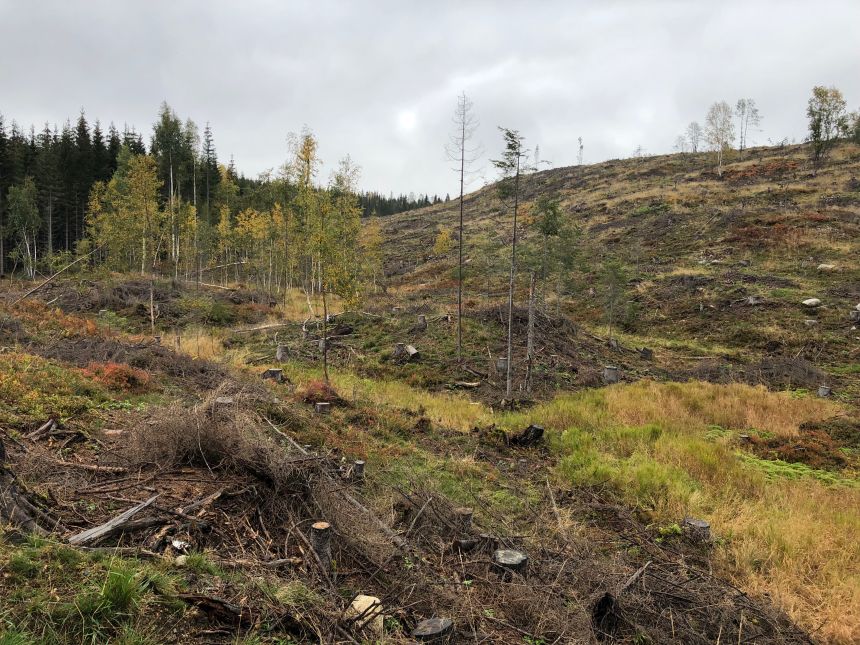
New NIVA studies on environmental effects of a green bioeconomy
In the Nordic countries, forests are important carbon sinks and increasing the forest carbon stock is a stated goal for Norwegian climate policy. Intensification of the forestry sector with the aim of producing more biomass is aimed for, by fertilization and planting. As shown in the Biowater paper “Climate mitigation and intensified forest management in Norway: To what extent are surface waters safeguarded?” (Sundnes et al. 2020), buffer zones and vegetation belts around lakes and rivers are in place to avoid negative effects of forest management on surface waters. Such measures to protect surface waters appear to be effective, at least in the short term. The long-term effect of forestry intensification is more uncertain and begs for further investigation.
An important ecosystem service of forests is absorbing nutrients rather than releasing them into surface waters. The Biowater paper “Streamwater responses to reduced nitrogen deposition at four small upland catchments in Norway” (Kaste et al. 2020) shows that nitrogen deposition from long-range transported air pollution is absorbed for over 50 per cent in soils and vegetation of natural Norwegian forests. Nitrogen is a nutrient that causes algal blooms in coastal waters, and Norwegian environmental policy and mitigation in general aims at limiting runoff of nitrogen from agricultural areas and sewage, which is helped along by nutrient uptake in natural forest.
Increased fertilization of forests to promote forest productivity could potentially lead to more nitrogen runoff from forested catchments. Forestry-impacted catchments leach significantly more nutrients than catchments with unmanaged forest, as shown by De Wit et al. (2020) in the paper “Land‐use dominates climate controls on nitrogen and phosphorus export from managed and natural Nordic headwater catchments”. Thus, more societal dependence on renewable biomass resources increases risks for poorer surface water quality and highlights need for sufficient precautionary measures.
Visit Biowater for more information: Special issue on environmental effects of a green bioeconomy